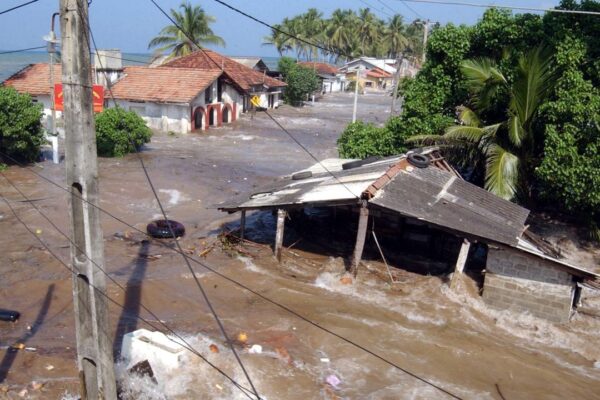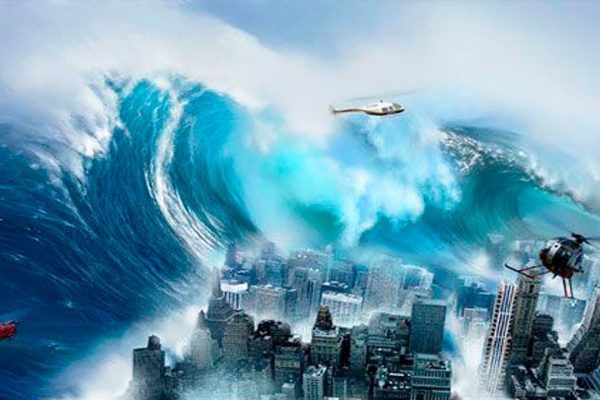
Deadliest Tsunami in History: The 2004 Indian Ocean Tsunami 🌊☠️
The 2004 Indian Ocean tsunami remains the deadliest in recorded history, a catastrophic event that unleashed unimaginable destruction across 14 countries. Triggered by a massive 9.1–9.3 magnitude earthquake off the coast of Sumatra, Indonesia, this tsunami claimed approximately 230,000 lives and left millions homeless. Its sheer power and reach redefined humanity’s understanding of natural disasters—and exposed our vulnerability to the ocean’s…




